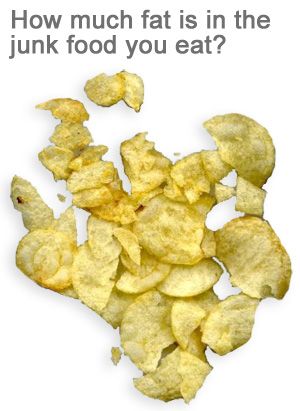My Cart
Your Shopping Cart is currently empty. Use Quick Order or Search to quickly add items to your order!

Students learn extraction procedures by separating fat from a snack food. They analyze the effectiveness of their chemical extraction procedure by comparing their actual results with their predicted results based on the snack food's label information.
Although your students can perform this classroom experiment with existing laboratory supplies, our " Where's the Fat" kit makes things simple for you. The materials included in this kit are sufficient for 30 students working in pairs. The materials listed are to be used in this experiment only. Carolina Biological Supply Company disclaims all responsibility for any other uses of these materials.
Petroleum ether is volatile, so be sure to keep it away from fire or sparks. For detailed safety information, read the MSDS included in this kit.
The science of separating substances is essential in the production of materials. Although impurities may not be a problem in some cases, they lower the quality of the final product and can make foods, beverages, and medicines dangerous to consume. Separation science also increases production efficiency by enabling manufacturers to separate and reuse materials important to producing finished goods. Separation and reuse of component materials can also reduce waste and help conserve landfill space. In this laboratory exercise, students examine a process used to separate substances—extraction.
Fat is soluble in nonpolar solvents, such as petroleum ether, and may be extracted from snack food by crushing the food and mixing it with the solvent. The solvent, which may contain suspended solid particles, is transferred by pipet to another container. The solid is allowed to settle to the bottom, and the supernatant liquid (liquid above a precipitate) is removed by decanting (pouring). The solvent is evaporated, the extracted fat weighed, and the efficiency of the separation determined. Typical results are tabulated on the following chart.
Hint:
Thin foods that allow complete penetration of the solvent, such as potato chips and corn puffs, work best.
| Snack food | % of fat extracted |
|---|---|
| Corn chips | 65 |
| Popcorn | 85 |
| Potato chips | 90 |
| Corn puffs | 95 |
Name of snack food: ________________________
Name of snack food: ________________________